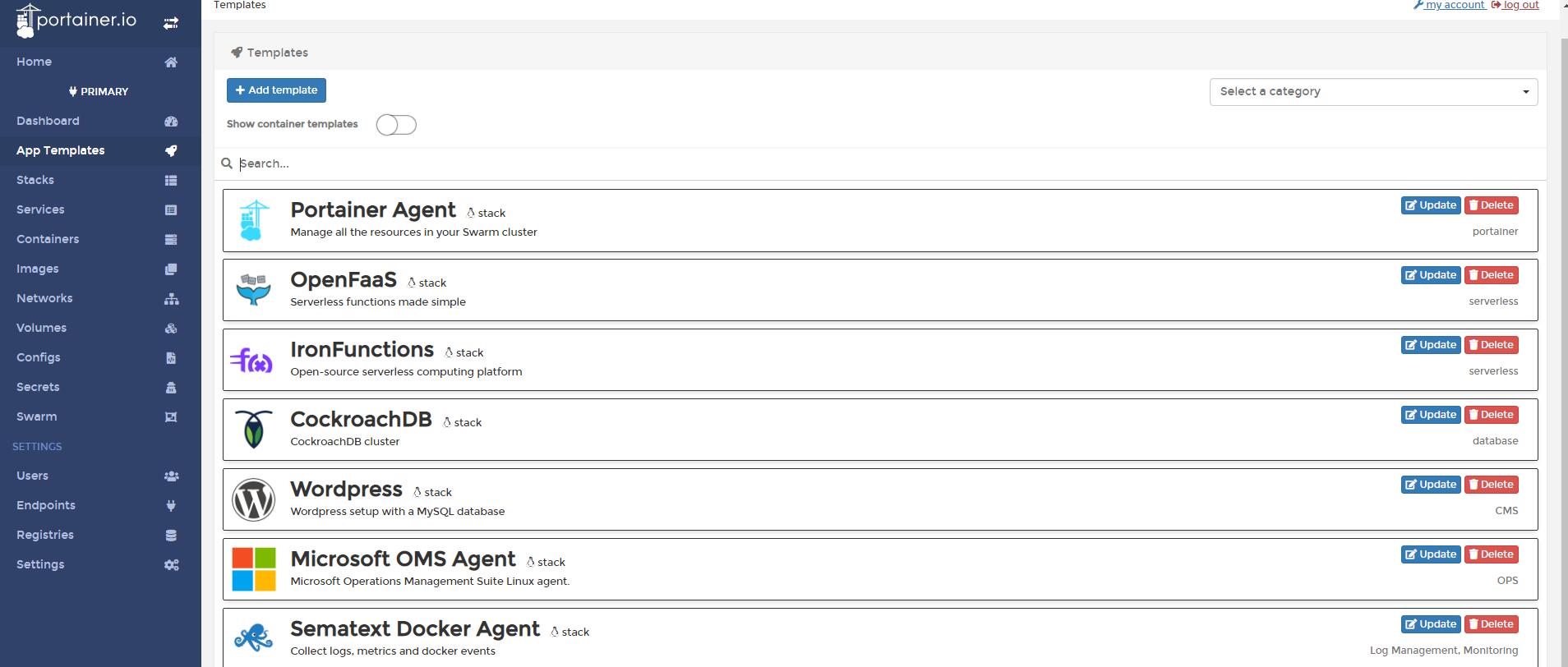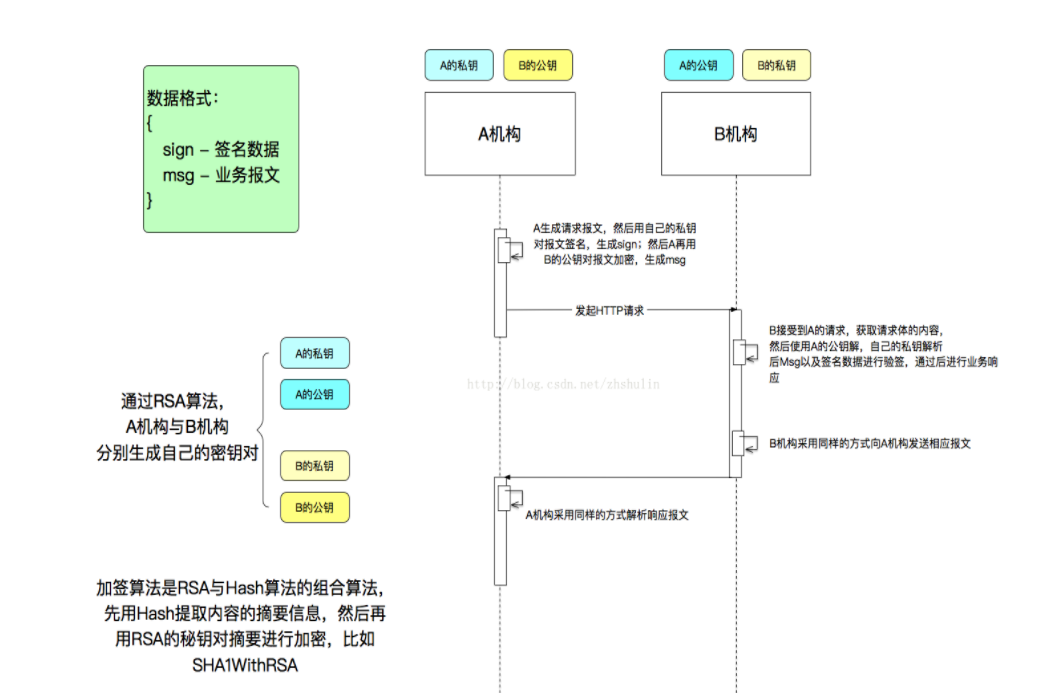我们使用Tomcat 6.29 IIS7.5背后,春暖花开,休眠和Struts2框架。 现在我们开始注意到服务器会话混错特别是在Ajax请求。
有关该问题的更多细节
- 用户1项请求第1页,用户2请求第2页。 但是USER1被担任2页和user2获取服务器第1页。
- 会话ID也发生变化,但在刷新页面,正确的页面担任了。
- 这个问题似乎更频繁,当用户数量都很高发生。
这个问题的根源任何指针会有所帮助,代码运行正常用较少的用户数量,并没有这样的实例报道。
编辑
web.xml中
<web-app xmlns:xsi="http://www.w3.org/2001/XMLSchema-instance" xmlns="http://java.sun.com/xml/ns/javaee" xmlns:web="http://java.sun.com/xml/ns/javaee/web-app_2_5.xsd" xsi:schemaLocation="http://java.sun.com/xml/ns/javaee http://java.sun.com/xml/ns/javaee/web-app_2_5.xsd" id="WebApp_ID" version="2.5">
<display-name>bm</display-name>
<context-param>
<param-name>contextConfigLocation</param-name>
<param-value>classpath:spring/*Context.xml</param-value>
</context-param>
<filter>
<filter-name>encodingFilter</filter-name>
<filter-class>org.springframework.web.filter.CharacterEncodingFilter</filter-class>
<init-param>
<param-name>encoding</param-name>
<param-value>UTF-8</param-value>
</init-param>
<init-param>
<param-name>forceEncoding</param-name>
<param-value>true</param-value>
</init-param>
</filter>
<filter>
<filter-name>struts2</filter-name>
<filter-class>org.apache.struts2.dispatcher.ng.filter.StrutsPrepareAndExecuteFilter</filter-class>
</filter>
<filter-mapping>
<filter-name>encodingFilter</filter-name>
<url-pattern>/*</url-pattern>
</filter-mapping>
<filter-mapping>
<filter-name>struts2</filter-name>
<url-pattern>/*</url-pattern>
</filter-mapping>
<listener>
<listener-class>org.springframework.web.context.ContextLoaderListener</listener-class>
</listener>
<listener>
<listener-class>org.apache.struts2.tiles.StrutsTilesListener</listener-class>
</listener>
在struts.xml
<result-types>
<result-type name="jasper" class="org.apache.struts2.views.jasperreports.JasperReportsResult"/>
<result-type name="tiles" class="org.apache.struts2.views.tiles.TilesResult" />
</result-types>
<interceptors>
<interceptor name="sessionLoggin" class="com.inrev.bm.interceptor.IRLoggingInterceptor" />
<interceptor name="appAccess" class="appAccessInterceptor" />
<interceptor-stack name="newStack">
<interceptor-ref name="exception"/>
<interceptor-ref name="alias"/>
<interceptor-ref name="servletConfig"/>
<interceptor-ref name="i18n"/>
<interceptor-ref name="prepare"/>
<interceptor-ref name="chain"/>
<interceptor-ref name="debugging"/>
<interceptor-ref name="scopedModelDriven"/>
<interceptor-ref name="modelDriven"/>
<interceptor-ref name="fileUpload"/>
<interceptor-ref name="checkbox"/>
<interceptor-ref name="multiselect"/>
<interceptor-ref name="staticParams"/>
<interceptor-ref name="params">
<param name="excludeParams"> dojo\..*,^struts\..*</param>
</interceptor-ref>
<interceptor-ref name="actionMappingParams"/>
<interceptor-ref name="sessionLoggin"/>
<interceptor-ref name="appAccess"/>
</interceptor-stack>
</interceptors>
<default-interceptor-ref name="newStack"/>
其他信息
1)用户通过提交一个表单,上我们执行以下登录登录在,
public class xxxAction extends ActionSupport implements SessionAware
{
public String execute()
{
session.clear();
if (session instanceof org.apache.struts2.dispatcher.SessionMap)
{
try
{
((org.apache.struts2.dispatcher.SessionMap) session).invalidate();
}
catch (IllegalStateException e) {
log.error("Session Invalidate Failed ", e);
}
//Authorization code happens here
session.put("orgs", orgs);
session.put("currentOrg", org);
session.put("permission", adminDAO.getRolePermission(orgs.get(0).getRoleId()));
session.put("simplyApp", simplyApp);
session.put("user", user);
return "login"
}
}
2)O的使用是窗口2008 RC2
EDIT2 PIONEER代码
拦截器1
public String intercept(ActionInvocation invocation) throws Exception
{
String result = null;
String className = invocation.getAction().getClass().getName();
Map session = invocation.getInvocationContext().getSession();
IRUser user = (IRUser) session.get("user");
IROrgname org = (IROrgname)session.get("currentOrg");
IRAppDetails simplyApp = (IRAppDetails)session.get("simplyApp");
String sessionId = (String)session.get("sessionId");
boolean switchUser =session.get("switchUser")!=null ? (Boolean)session.get("switchUser") : false;
if(className.indexOf("IRLoginAction")!=-1 || className.indexOf("IRContactUsAction")!=-1
|| className.indexOf("IRIPNAction")!=-1 || className.indexOf("IRPaymentAction")!=-1
|| className.indexOf("IRServiceAction")!=-1 || className.indexOf("IRAppBossAction") !=-1)
{
result= invocation.invoke();
session.put("PREV_CLASS_NAME", className);
}
else if(!(className.indexOf("IRLoginAction")!=-1) && (user !=null && org!=null))
{
if(!IRSessionManager.getInstance().compareSession(user.getUserId(), sessionId) && !switchUser)
{
session.clear();
if (session instanceof org.apache.struts2.dispatcher.SessionMap)
{
try
{
((org.apache.struts2.dispatcher.SessionMap) session).invalidate();
}
catch (IllegalStateException e)
{
log.error("Session Invalidate Failed ", e);
}
}
result = "sessionDuplicated";
}
else
{
result= invocation.invoke();
session.put("PREV_CLASS_NAME", className);
}
}
else if(className.indexOf("widgets") !=-1)
{
result= invocation.invoke();
}
else if(className.indexOf("ActionSupport") !=-1)
{
result= invocation.invoke();
}
else if (!(className.indexOf("IRLoginAction")!=-1) && (user ==null || org==null || simplyApp==null))
{
result = "sessionExpired";
}
return result;
}
INTERCEPTOR 2
public String intercept(ActionInvocation invocation) throws Exception
{
String result = null;
HttpServletRequest request = ServletActionContext.getRequest();
String className = invocation.getAction().getClass().getName();
try
{
Map session = invocation.getInvocationContext().getSession();
IRUser user = (IRUser) session.get("user");
IROrgname org = (IROrgname)session.get("currentOrg");
IRAppDetails application = (IRAppDetails)session.get("simplyApp");
if(( user!= null && user.getAppType()!=0) && !(className.indexOf("IRLoginAction")!=-1))
{
if(hasAccess(user.getAppType(), className))
{
result= invocation.invoke();
}
else
{
result = "checkURL";
}
}
else
{
result= invocation.invoke();
}
}
catch (Exception e)
{
e.printStackTrace();
}
return result;
}




